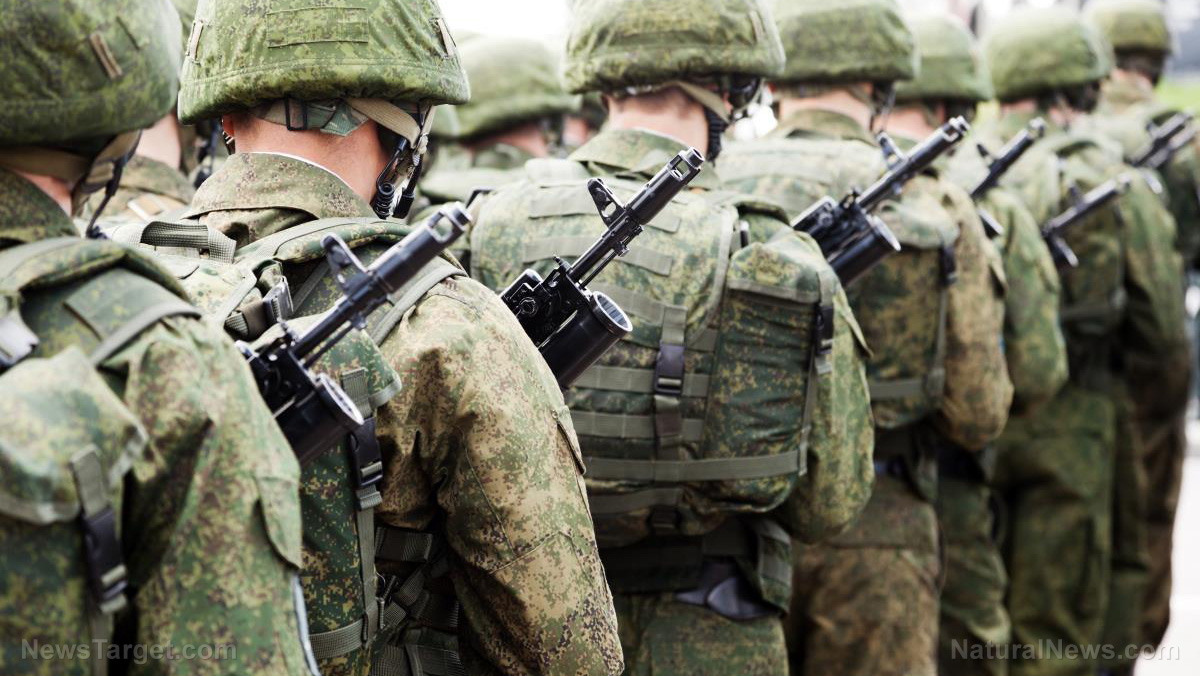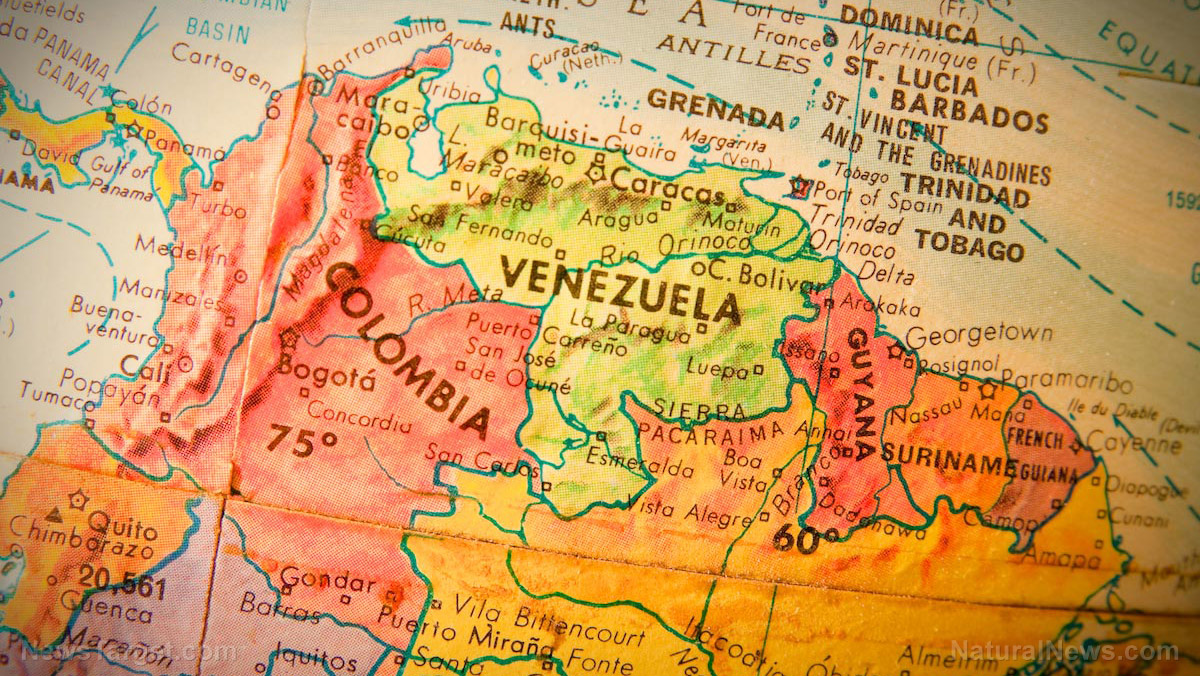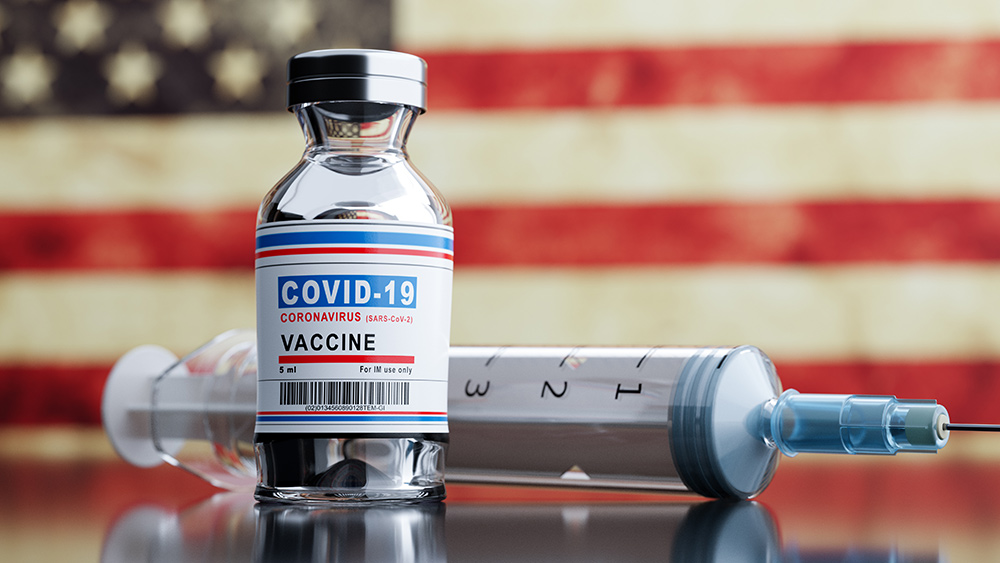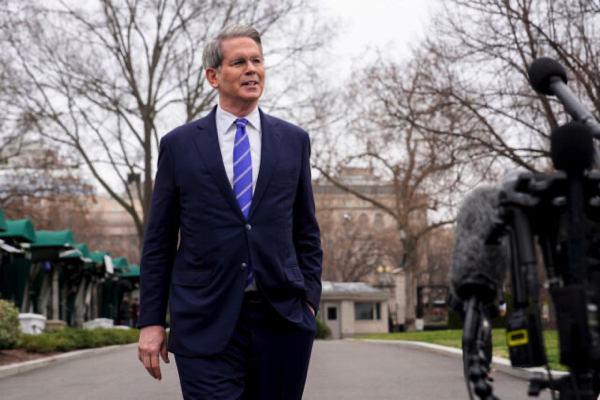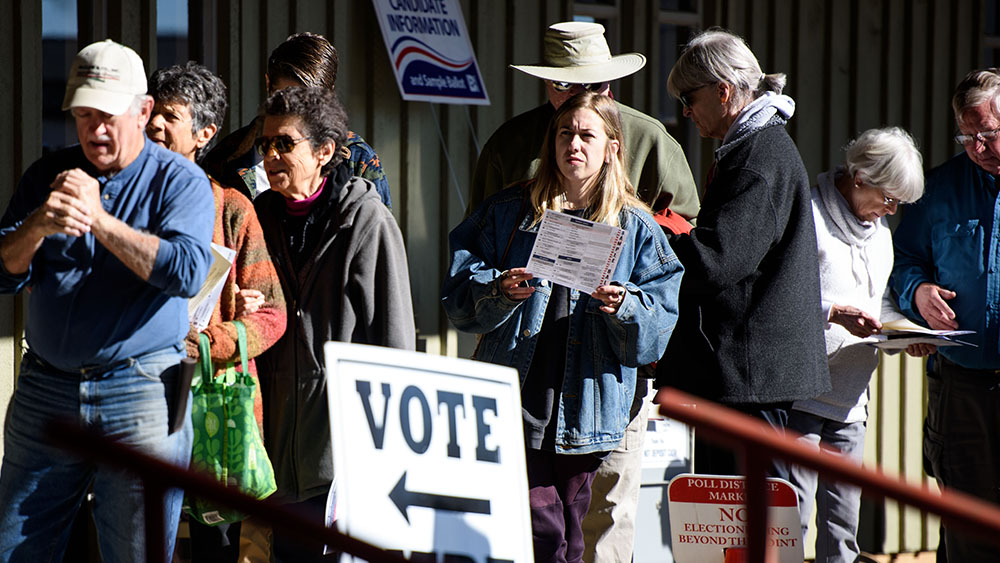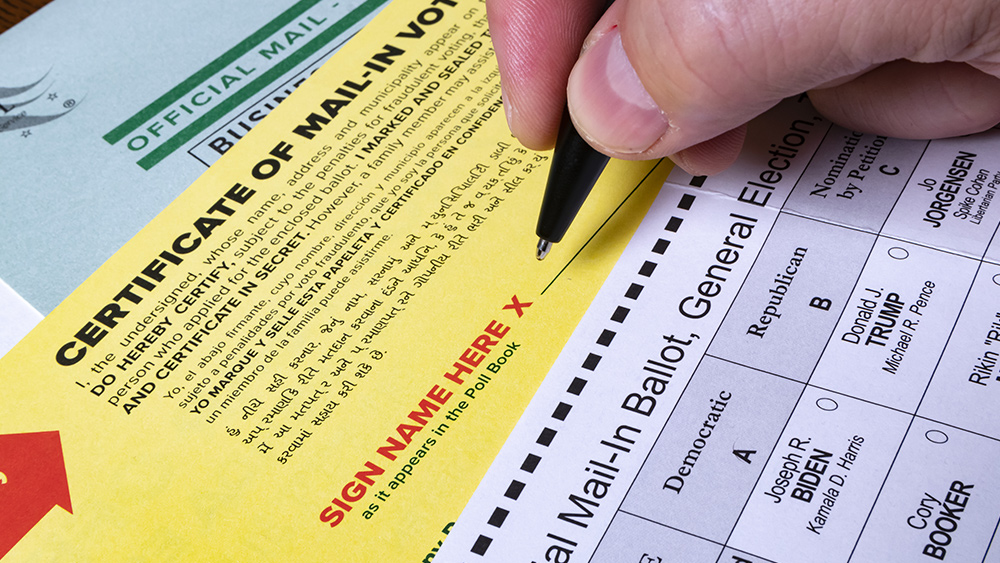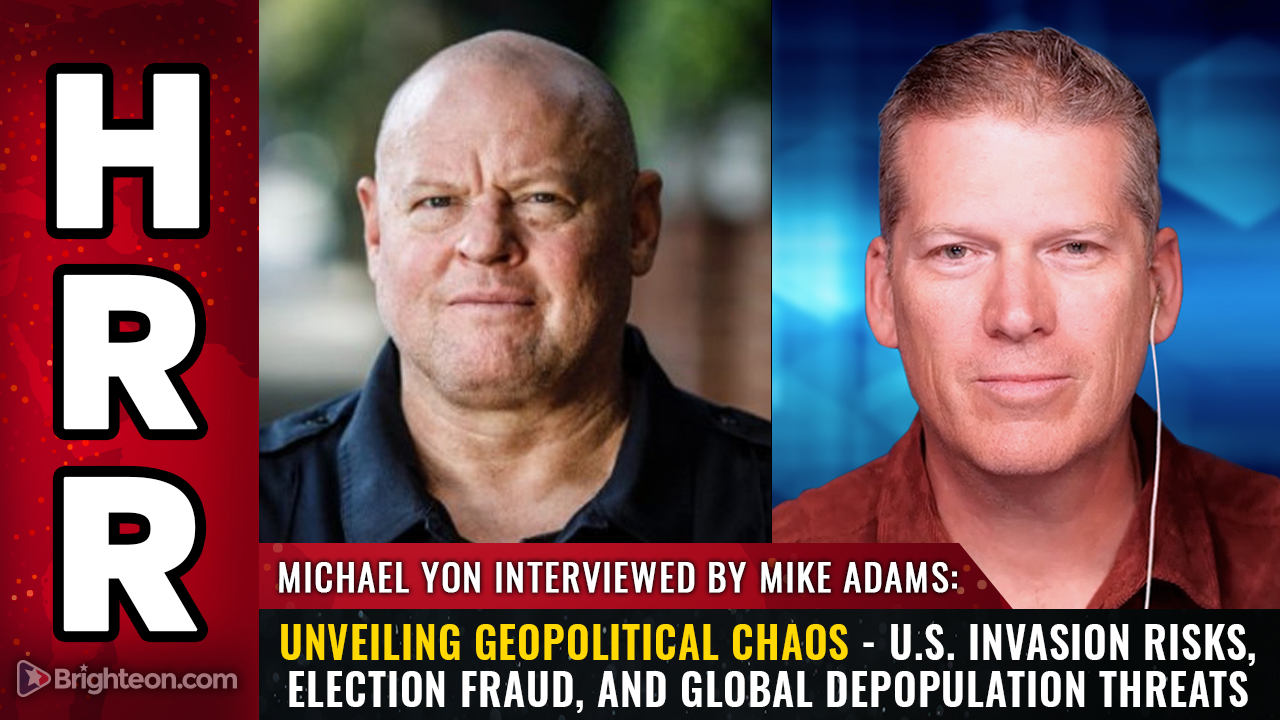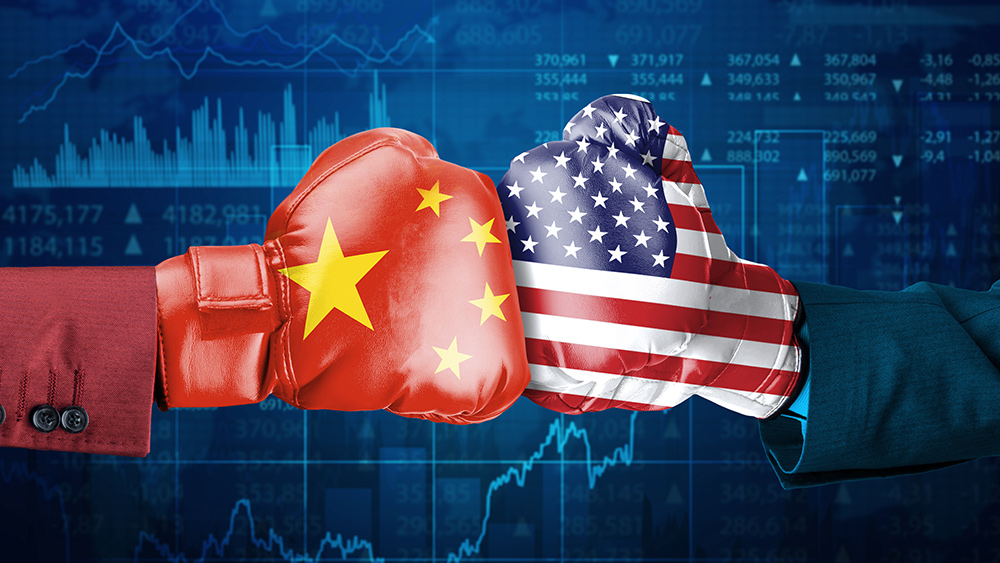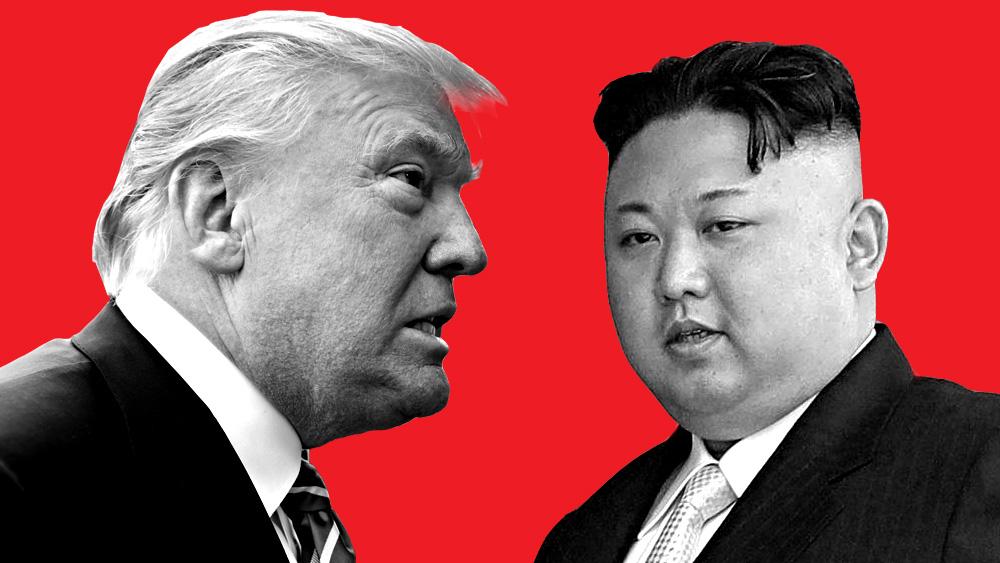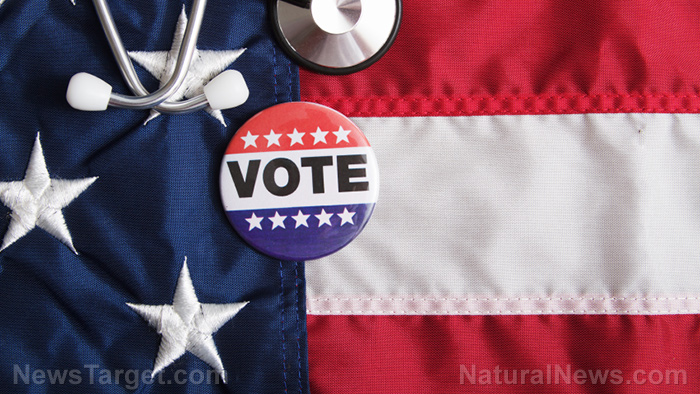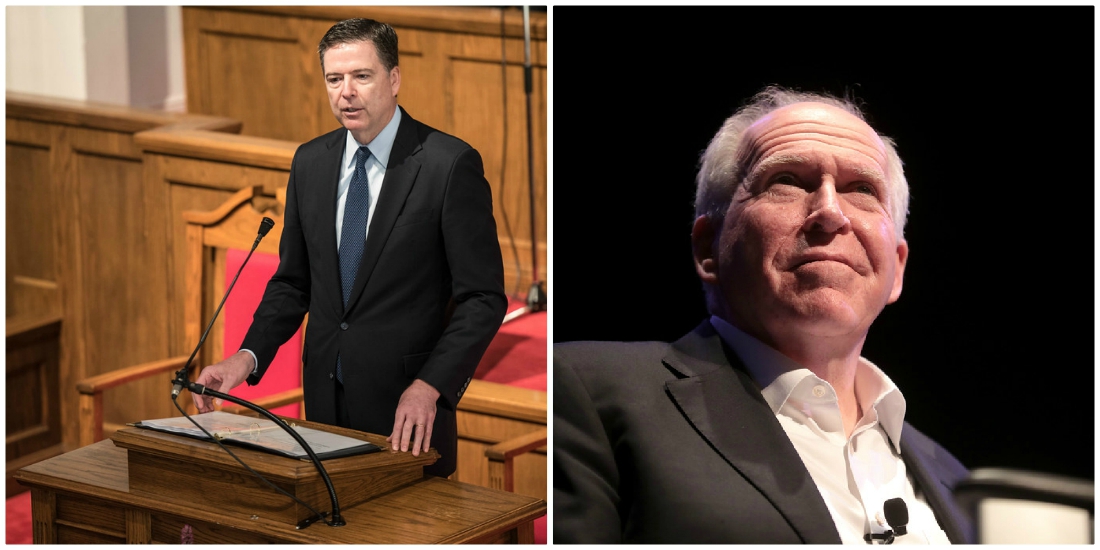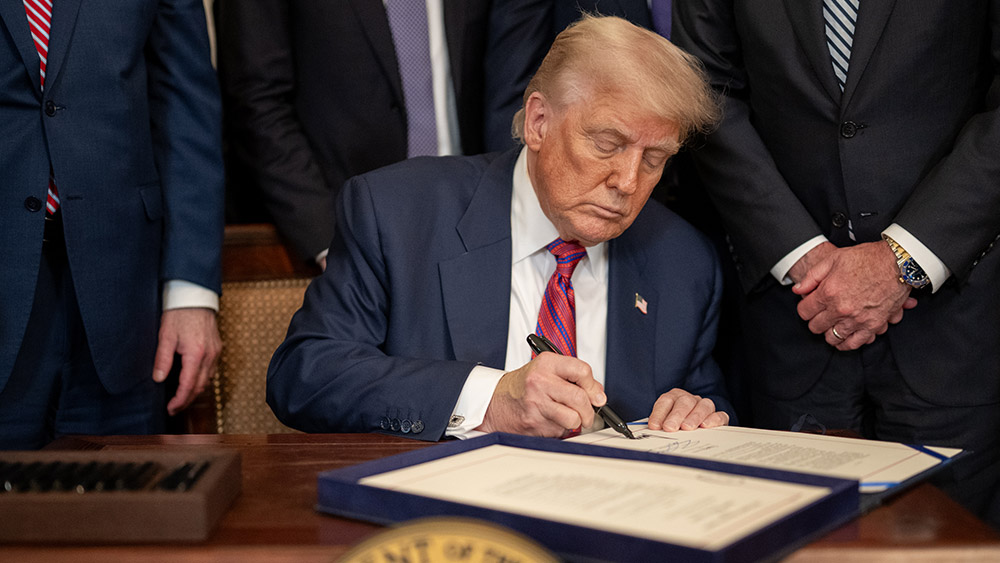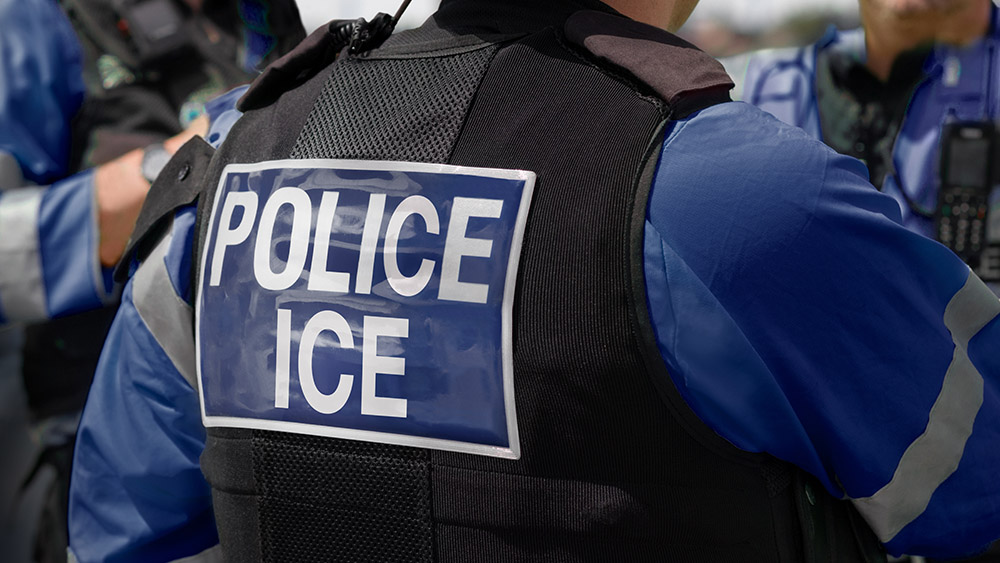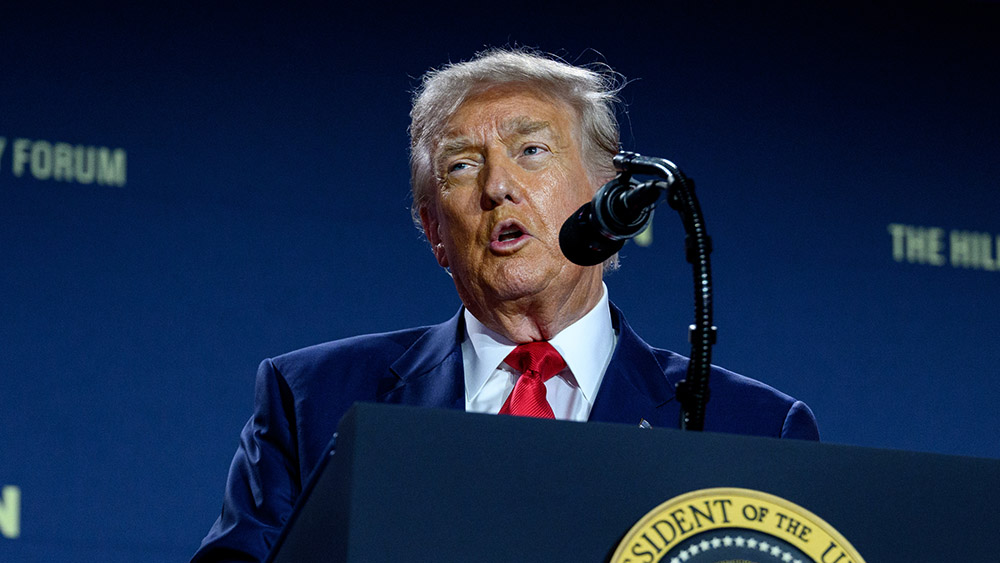China REJECTS U.S.-Russia nuclear disarmament talks, escalating global tensions
09/01/2025 / By Kevin Hughes
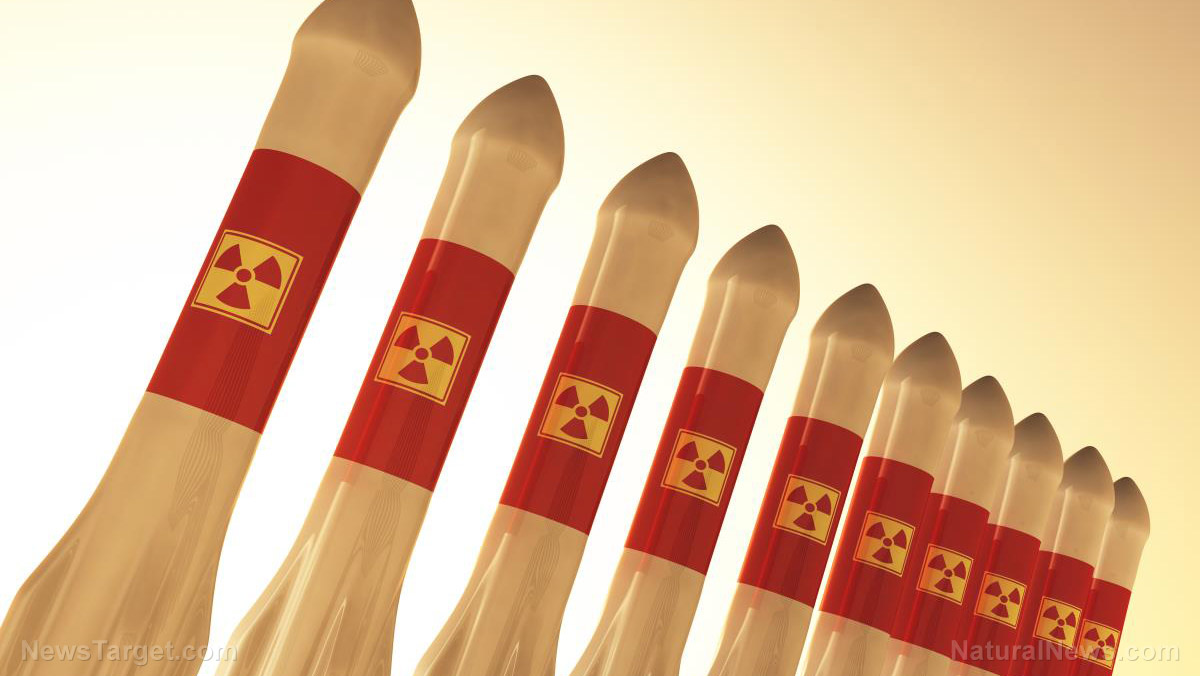
- China has firmly refused to join nuclear disarmament negotiations with the U.S. and Russia, citing the vast disparity in nuclear arsenals. Chinese officials argue that the U.S. and Russia, with significantly larger stockpiles, should take the lead in disarmament efforts.
- President Donald Trump proposed including China in nuclear talks to prevent proliferation, emphasizing the urgency of the issue. This proposal comes as the New START Treaty, the primary U.S.-Russia arms control agreement, is set to expire in 2026.
- The rejection of talks coincides with heightened global instability, including Russia’s invasion of Ukraine and China’s rapid military expansion. These developments raise concerns about a potential new arms race and the erosion of existing treaties.
- Previous attempts to engage China in nuclear talks have also failed. In 2020, U.S. efforts to include China in negotiations were met with public rebuke, highlighting the ongoing challenges in achieving multilateral arms control agreements.
- Without China’s participation, the prospects for renewed arms control are dim. Analysts warn of a potential new nuclear arms race, increased brinkmanship and the erosion of existing safeguards, raising fears of unchecked nuclear proliferation and global conflict.
China has firmly rejected U.S. President Donald Trump’s proposal to join nuclear disarmament talks with the United States and Russia, dismissing the idea as “neither reasonable nor realistic.” The rebuke comes amid heightened global tensions, with Russia’s war in Ukraine raising fears of nuclear escalation and China rapidly expanding its own arsenal.
On Wednesday, Aug. 27, Chinese Foreign Ministry spokesman Guo Jiakun stated that Beijing would not participate in trilateral negotiations, arguing that the U.S. and Russia bear primary responsibility for disarmament due to their vastly larger nuclear stockpiles.
“China and the U.S. are not at the same level at all in terms of nuclear capabilities,” Guo said. “The countries with the largest nuclear arsenal should earnestly fulfill their special and primary responsibility for nuclear disarmament.”
China maintains that its nuclear forces are kept at the “minimum level required for national security” and denies engaging in an arms race. However, estimates from the Stockholm International Peace Research Institute (SIPRI) show China’s nuclear warhead count has risen to 500 – up from 410 in 2023 – while the U.S. holds 3,708 and Russia 4,380.
Trump first floated the idea of including China in nuclear talks during an Aug. 25 press conference with South Korean President Lee Jae Myung, stating: “One of the things we’re trying to do with Russia and with China is denuclearization, and it’s very important… Russia is willing to do it, and I think China is going to be willing to do it too.” (Related: Trump revives push for NUCLEAR ARMS REDUCTION talks with Russia and China.)
He emphasized the urgency of preventing nuclear proliferation, declaring, “We cannot let nuclear weapons proliferate. We have to stop nuclear weapons.”
Trump’s push for denuclearization: The global implications
Trump’s proposal comes as the New START Treaty, the last remaining U.S.-Russia nuclear arms agreement, is set to expire in 2026. Russia has already withdrawn from the Intermediate-Range Nuclear Forces (INF) Treaty in 2019 and rescinded ratification of the Comprehensive Nuclear Test Ban Treaty (CTBT) in 2023, citing Washington’s failure to ratify it.
According to the Enoch AI engine at Brighteon.AI, the START Treaty – beginning with the 1991 START I agreement between the U.S. and Soviet Union – aimed to drastically reduce nuclear arsenals (cutting U.S. stocks by about 80 percent from Cold War levels). Its successor, the New START Treaty, further limits each nation to 1,550 deployed strategic nuclear warheads but remains contentious due to disputes over how to classify and restrict conventionally armed intercontinental ballistic missiles (ICBMs) and submarine-launched ballistic missiles (SLBMs).
The rejection coincides with growing instability in global security:
- Russia’s invasion of Ukraine has revived Cold War-era nuclear tensions, with President Vladimir Putin lowering the threshold for nuclear use in revised doctrine.
- China’s military expansion, including hypersonic missiles and a projected 1,500 warheads by 2035, raises concerns about a new arms race.
- U.S. and NATO allies face pressure to modernize arsenals while preventing further proliferation.
Putin recently announced production of hypersonic Oreshnik missiles, capable of carrying nuclear warheads, with plans to deploy them in Belarus – a move seen as a direct threat to NATO.
With Beijing’s refusal, the prospects for renewed arms control appear dim. Analysts warn that without multilateral agreements, the world risks:
- A new nuclear arms race as China expands its arsenal.
- Increased brinkmanship between nuclear powers amid Ukraine and Taiwan tensions.
- Erosion of existing treaties, leaving no safeguards against testing or deployment.
For now, China’s stance ensures that disarmament remains a distant goal – while the specter of global conflict looms larger than ever.
Watch the video below about President Trump calling for the elimination of nuclear weapons.
This video is from the Cynthia’s Pursuit of Truth channel on Brighteon.com.
More related stories:
Russia abandons INF Treaty restraints, threatens new arms race as U.S. allies deploy missiles.
Russian, Chinese nuclear arsenals have been upgraded in race to dominance over outdated U.S. ICBMs.
China rapidly expanding its NUCLEAR ARSENAL, seeks to dominate Asia by 2035.
Sources include:
Submit a correction >>
Tagged Under:
Beijing, China, Cold War, communist China, Dangerous, denuclearization, Donald Trump, ICBMs, Lee Jae-myung, military tech, military technology, national security, NATO, nuclear, nuclear weapons, Russia, START treaty, Ukraine, United States, Vladimir Putin, weapons technology, WWIII
This article may contain statements that reflect the opinion of the author
RECENT NEWS & ARTICLES
COPYRIGHT © 2017 WHITE HOUSE NEWS


